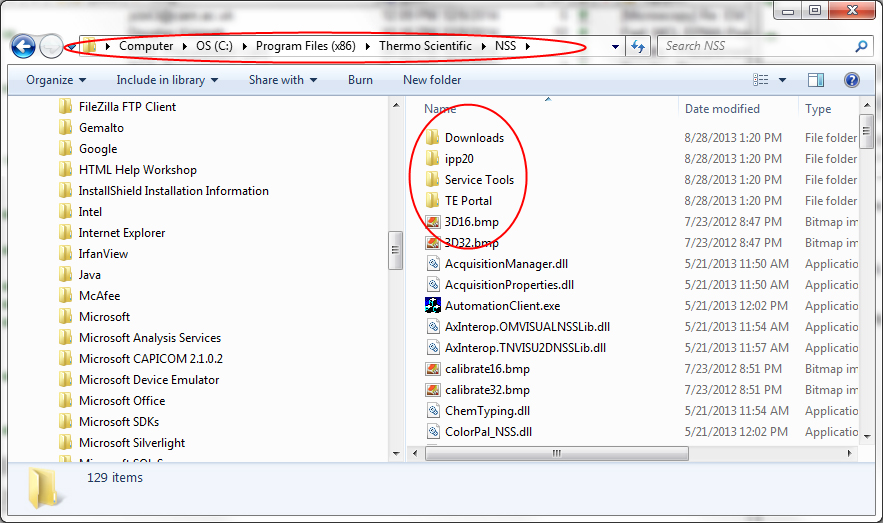As you may know, Thermo Scientific allows their NSS software to be run off-line for data processing using the same license that you purchased for your on-line computer (unlike some other EDS vendors which force one to buy a license for each off-line computer).
This is a good policy if you want your software to replicate everywhere for "mindshare"!
To facilitate the installation of NSS for off-line data processing, particularly when utilized with the Probe for EPMA WDS-EDS integration for quantitative analysis, the following instructions may be helpful.
First install Probe for EPMA on your off-line computer by downloading and installing the CalcZAF.msi and ProbeForEPMA.msi installer files from this link:
http://www.probesoftware.com/Update.htmlRun ProbeforEPMA once to set up all the necessary folders and configuration files.
Next, install NSS by using the CD or disk ZIP file from Thermo Scientific. Once this is complete you will need to move some files for the EDS-WDS integration using Thermo TE Portal interface. You should run NSS once to specify the license number from your on-line computer.
Next first find the Thermo NSS folder, which is usually C:\Program Files (x86)\Thermo Scientific\NSS, and locate the Service Tools folder as seen here:

Now make a shortcut to the SystemSIXSim.exe file in the Service Tools folder, and copy it to your desktop. This SystemSIXSim.exe file should be run prior to running NSS if you want to "simulate" EDS acquisition, but it is not absolutely necessary. But if you don't, you will get an "Unable to connect to hardware" error message when starting NSS. In that case just click OK.
Next locate the TE Portal folder and find the TEPortal.dll and socketdll.dll files in the TE Portal folder. These files should be copied to the Windows\System32 folder (on the Win7 64 bit OS, the correct folder is C:\Windows\SysWOW64).
This must be done so Probe for EPMA can find these dlls to integrate EDS and WDS quant processing. To make sure everything is done correctly, also copy the PortalTest.exe file to the Probe for EPMA folder, usually C:\Probe Software\Probe For EPMA, and double click the PortalTest.exe from there and click the connect button to make sure the TE Portal interface is working correctly from the probe for EPMA folder.
Next click the Disconnect button and close PortalTest. Finally double-click the Probe for EPMA icon to run Probe for EPMA and load your probe MDB data file for off-line processing.